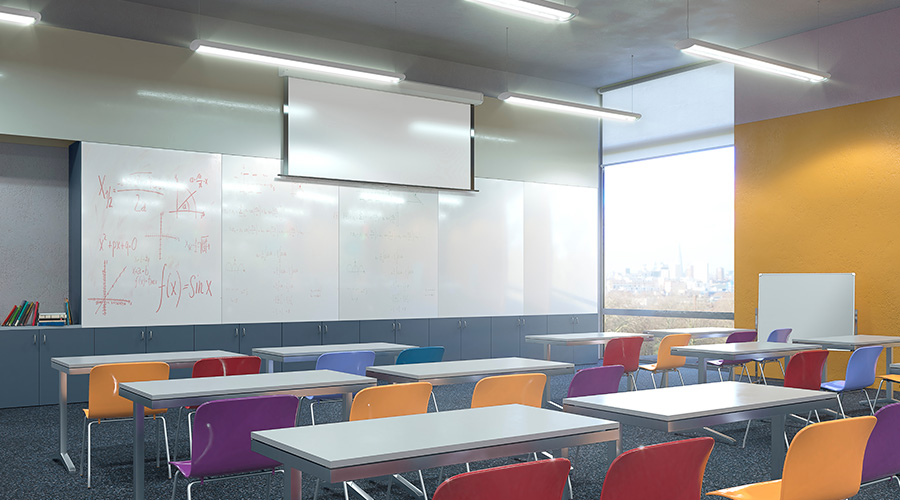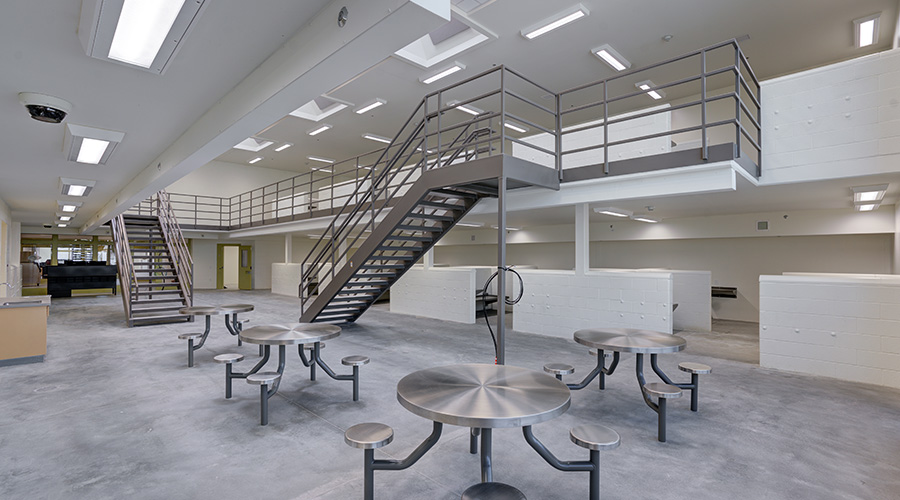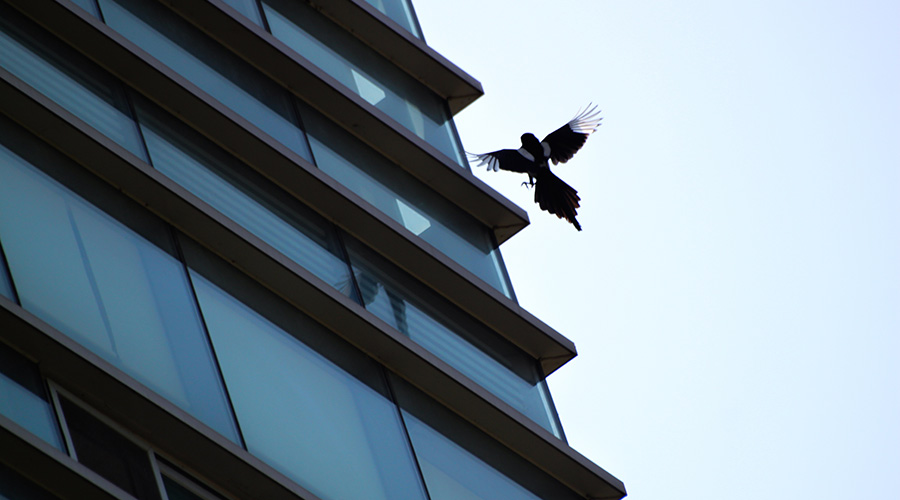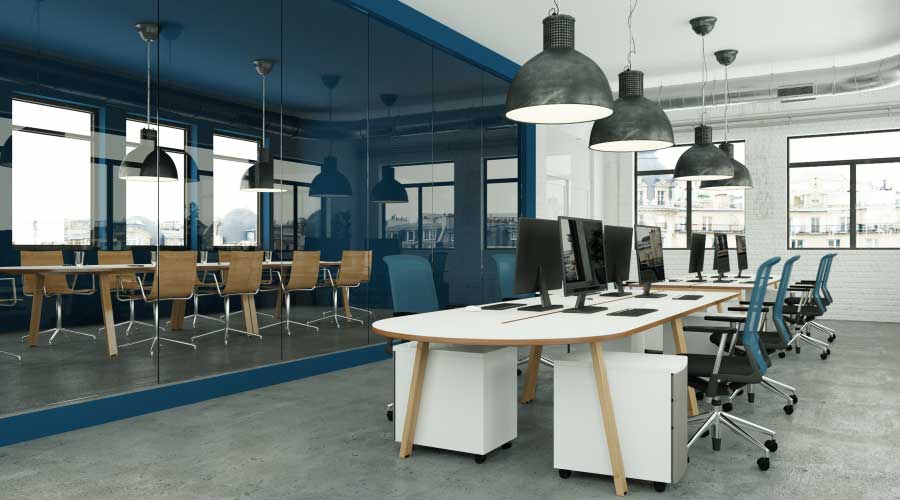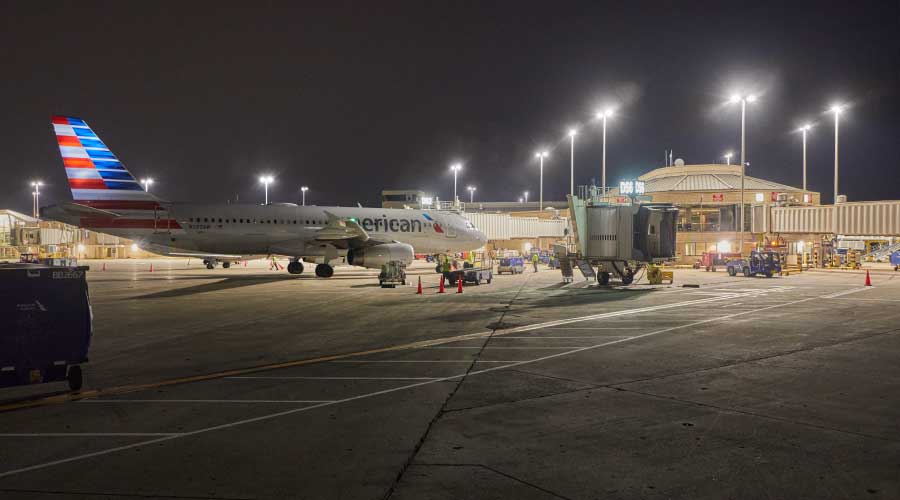Mastering Lighting Upgrades: Strategies for Success and Cost-Efficiency
Byron Center Public Schools embrace lighting system upgrades, improve light quality and deliver bottom-line benefits.
By Dan Hounsell, Senior Editor
Lighting upgrades are notoriously complex projects. They bring highly advanced technology into institutional and commercial facilities. They affect building occupants and visitors in a variety of sometimes unanticipated ways. And they require maintenance and engineering managers to coordinate a vast array of materials, schedules and expectations – all while minimizing disruptions to critical activities in facilities.
Then there are the people – possibly the most challenging component of any lighting upgrade. Successful projects require that managers balance the needs of interested parties as diverse as building owners, chief financial officers, building occupants and contractors.
The entire process is one that Doug Gallup is familiar with. As district services coordinator for the Byron Center Public Schools in Michigan, Gallup has planned and overseen a series of lighting upgrades in his facilities over the last decade. He says he knows all too well that to deliver successful lighting upgrades, managers need to understand their facilities, set priorities and stick with them.
“A lot of times, architects will tell you what you need and what's best for you,” Gallup says. “That's where I challenge managers. You know your buildings, your kids. Step up. You want it aesthetically pleasing, but you have to consider maintenance.
“If they put a hard ceiling in there, and you need to get to the lights and driver, it’s tough. You want your buildings to look nice and light. I love lights, and I love what you can do with light, but you've got to keep maintenance in mind, too.”
Gallup offers an example of this dynamic.
“My new high school has a beautiful stairwell to the second floor with LED pendant lighting in there,” he says. “I went over and over it with the architect. ‘It looks gorgeous, but how are my maintenance guys going to be able to service these lights? They’ll spend half a day just building scaffolding to get up and change the light bulb, and that’s not efficient.’ I really worked hard with our architects to make it aesthetically pleasing but still functional.”
Embracing upgrades
Byron Center Public Schools consists of eight school buildings with about 1.1 million square feet that host 4,500 students and 600 full-time staff. Gallup has planned and overseen lighting upgrades in and around most of the district’s buildings.
“In the past six years, I'd say in six of the eight buildings I've done extensive upgrades,” he says. “When I first took over the high school in 2013, that's when I really started looking at energy and lighting and the low-hanging fruit there. My maintenance guys helped me.”
The upgrades involved retrofitting the district’s schools with new control systems and LEDs inside and out, including parking lots. Technicians removed ballasts and wired new LED lights directly into building power, eliminating ballast failures. The process takes more time on the front end but is more cost-effective than replacing the entire fixture and reduces ongoing maintenance needs. The school system replaced 6,000 bulbs in 3,000 fixtures, resulting in about 1.5 million kilowatt hours (kWh) in energy savings.
The reasons for undertaking lighting upgrades include improving the color and quality of lighting and enhancing the sustainability of the facilities’ operations. Not to be overlooked among these reasons is the impact of lighting maintenance on Gallup’s department, which oversees facility maintenance and operations. He cites the previous lighting in one school’s auditorium.
"They have halogen lights in there, and those would last probably three to six months," Gallup says. “My guys had to build scaffolding every time to change them. For my guys to replace the lights every three to six months would be a day-and-a-half project. Once we upgraded, it was four and a half years before we had to take them on again. Time is money for me and for my guys, and that is something we really focused on.”
Gallup says that while ease of maintenance was important, he also was careful to ensure that the resulting light in the facilities met the needs of occupants.
“For the gym lights, we put high-bay 5,000k lights in there,” he says. “Most of the classrooms are 4,000k, so they’re a little softer. In our special need classrooms now, you can change the light color from the controller on the wall. They can change the color of the lights based on the special needs, so they can get really soft light that they can work with.”
Meeting challenges, delivering results
As with any complex facility upgrade project, the district’s lighting upgrades have encountered challenges along the way.
“There was some lighting in the buildings that I had to figure out with my architects and my electricians,” he says. “In some fixtures, we had 24 volts, and there was 120 and then 277, all on the same fixture. You had three different lighting sources in one fixture. And then we had a driver that was up in the ceiling that was pretty much inaccessible, so that was a challenge."
Challenges during the upgrade process also included exterior lighting.
“There's always a couple of glitches,” Gallup says. “We just built a new school, and we have a problem with a couple of outdoor lights that are not syncing to the program. When you pull up in the parking lot at night, they should light up a little higher and get dimmer after a certain time. We're working on a few issues like that, but we're pretty good about being able to fix a lot of stuff ourselves.”
Despite such issues, Gallup says the district’s lighting upgrades have delivered the intended benefits, and the results have generated more support for upgrades within the district.
“We were spending $390,000 for electricity for that year that I took this project on,” he says. “We did a lot of other upgrades, but lighting was a major portion of that. Within two years, we got it down to $24,000 for electric cost for that school.”
The high school retrofit has reduced energy usage by more than 1.5 million kWh, saved the school system more than $170,000 over 18 months and created better visual acuity for students. The school system estimates it will recoup installation costs in about four years.
“After we had the big savings at our high school and (district officials) saw the numbers, they saw the rebate checks – we got over $1 million in rebates for energy, and lighting has been a big portion of it,” he says. “They saw what we were doing and the mission we were on. My CFO was totally on board with that. And then the money we saved them in rebates we put back into the program.”
The process of planning and overseeing the series of lighting upgrades in the district’s schools has offered Gallup some opportunities to broaden his understanding of the impact lighting can have. One example involves exterior lighting.
"I've learned a lot about light pollution,” he says. “Some of our schools are in residential areas, so we have to make sure that we're not bleeding over as far as how we tilt the lights and how we control the lights.”
Lessons in lighting controls also involve a broader understanding of the role light color plays in education facilities.
“I’m also learning a lot about the different color lights and how they affect teaching and learning for our students,” Gallup says. “We have dual lighting switches, and they are dimmable in classrooms. So I’m learning what is best for our students. I want to make sure that they’re getting the best quality light.”
Dan Hounsell is senior editor for the facilities market. He has more than 30 years of experience writing about facilities maintenance, engineering and management.
Related Topics:








